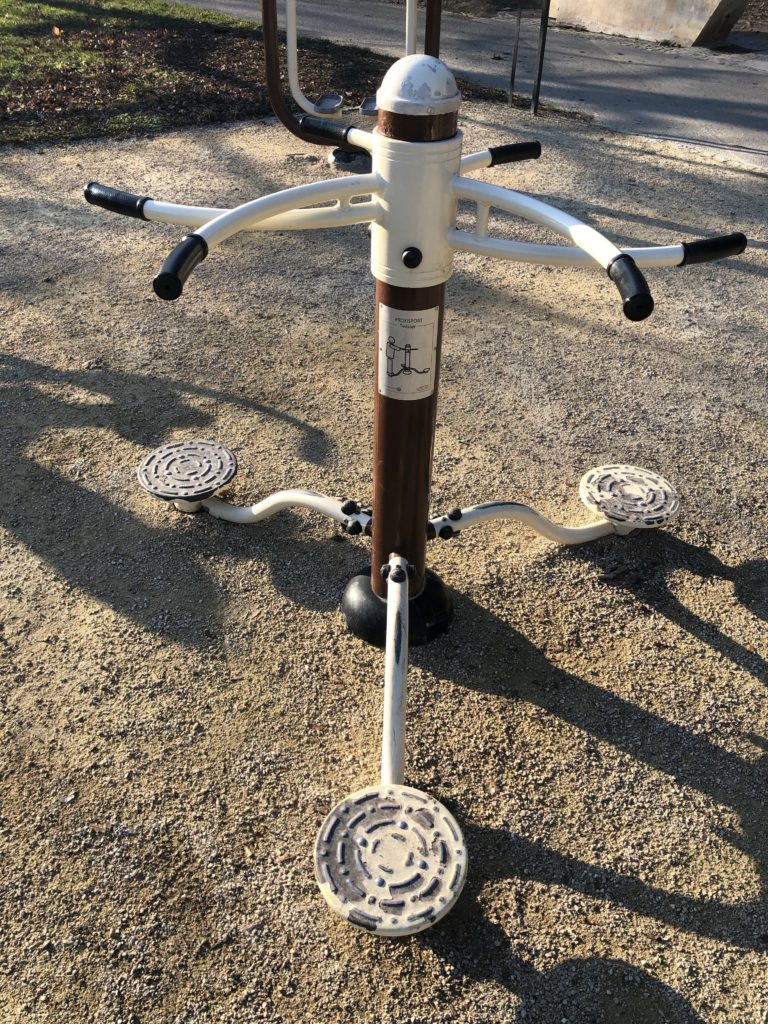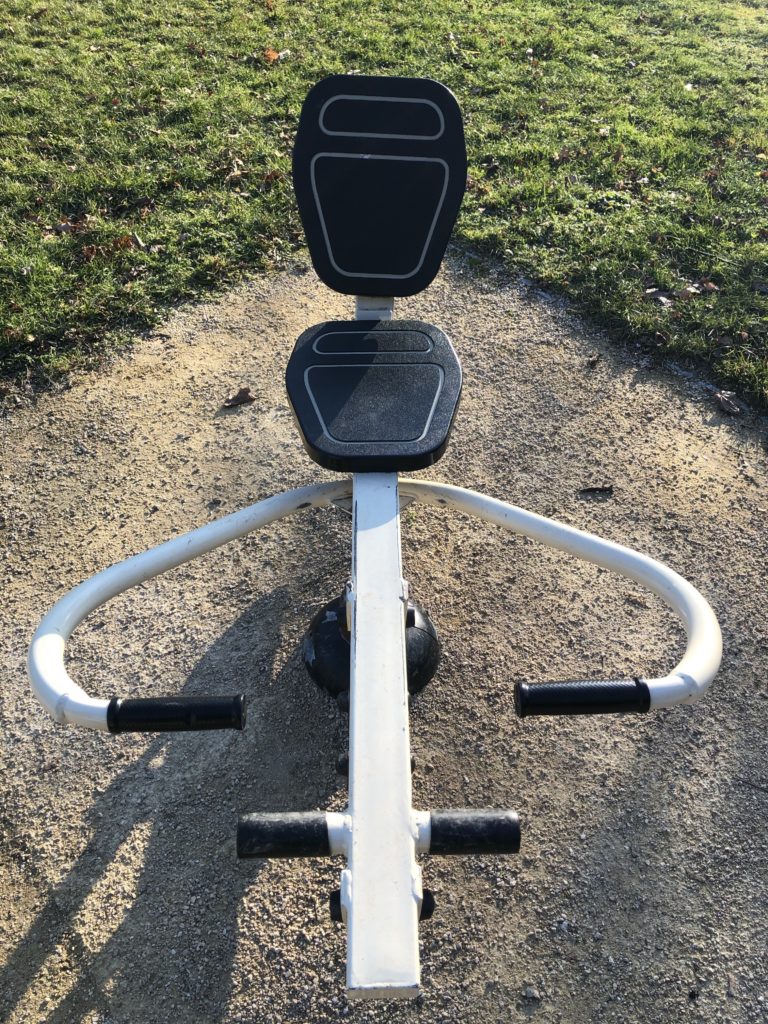Yesterday I spent time in the sun in the morning, as a result of which I thought I would avoid going out in the heatwave. I changed my mind. Every Sunday a group of pétanque playing alcoholics play pétanque for several hours. They cheer, they laugh, they make noise, for hours in a row. I don’t want to hear that sound, especially since the pandemic is not over. People are still falling sick with Long COVID and they’re being disabled. It doesn’t take long to read posts on social media by people suffering from Long COVID.
Before the Pandemic
Before the pandemic I wouldn’t have been home, or if I was home I would already have spent the morning climbing, cycling, diving or hiking. Due to the pandemic I do these things but in solitude. I also have a routine. I normally study in the morning, and do sports in the afternoon. If I flip it around my intellectual capacity is reduced and my studying stalls. Yesterday proved the necessity of my routine.
I Can’t Say No
Two years ago I wrote about pandemic solitude. It still hasn’t ended. If I am asked to do things I have no valid reason to say no, but it also puts my happiness into turmoil, both to be asked but also to want to study but feel that I should be social instead. The more my morning is broken, the slower I am to reach my goal of feeling employable in a new career. This, in turn delays having the type of life that would make seeing other people fun, rather than an obligation.
Noisy Afternoons
Experience has taught me that the afternoons are noisy, and this noise is the reason I go out for walks, whether it’s raining, snowing, windy and cold or a heatwave. I find that my mental health benefits from getting away from people living as if the pandemic was not over. Plenty of data, around the world, shows that the pandemic is not over. That’s why cycling is such a great sport.
The Beauty of Cycling
The beauty of cycling, even during a heatwave is that you’re usually between villages and towns. You’re surrounded by clean air. I have become absurd, because I don’t want to be around strangers without a mask, especially around large crowds of strangers, in restaurants and other places.
Sunday is one of the worst days to be in solitude. If you go for a walk you will encounter family groups and groups of friends. You are in solitude, and they are not. You have to pass, you are reminded of what you are missing, and you have to survive the experience.
By being on a bike, especially on the roads between fields you are in solitude. If you choose the right routes you are far from people, from cars, from dogs and more. You are in the moment, watching the landscape change, heading upwards, downwards and across.
35°c
Yesterday it was 35°c according to the weather services, and 37°c according to my watch. Normally on such a ride I would ride much harder. I would try to beat all my speed personal bests. Yesterday I didn’t. I rode slower than usual. I wanted to spend time outdoors, keep fit, but without giving myself heatstroke. It’s not the heat that worries me. It’s the time spend in the sun.
At first I thought this would be a short ride, because I thought the heat would affect me. Since I felt fine I continued. I arrived at a fountain and I refilled both bottles, and I splashed myself. I didn’t feel the need to splash myself to cool down, but did it anyway, in anticipation of feeling overheated.
Quiet
I continued through the Bois de Versoix and I hardly saw anyone walking, or even cycling. I did get to a parking, and the parking was filled with cars. Everyone had decided to go to the riverside between the trees to keep cool. What seemed paradoxical is that I couldn’t see anyone. I could hear children and see the cars, but nothing more. Riding in such conditions is nice. No population stress.
The Place des Nations Fountains
Before I got to Place Des Nations I refilled my water bottle. I then headed down to the Place Des Nations fountains where children were playing. I put my bike against some seats, and allowed one of the water jets to soak me and my clothing. I then continued my bike ride.
I kept splashing water on my face but didn’t really feel the need. I did this as a precaution, rather than out of desperate need. I felt fine, despite the heat
Three or Four Sips at a Time
When riding in the heat there are moments when you feel your thirst grow, so you drink too much, too fast. It’s important not to drink too much too fast, or you’ll just waste it.
Luckily I didn’t.
And Finally
During this ride I made sure to ride more slowly than usual. I made sure not to push myself beyond my ability to cope with the weather. I also made sure to be hydrated at all times. I had one flask filled with water, and the second filled with an electrolyte drink. I topped up both. I calculate that I drank at least two litres, which, over three hours isn’t much, but it worked. I felt fine when I got home. I was still thirsty but ate some peanuts and then drank water. I was thirsty for re-mineralisation. I wanted to recover the salt I had lost.
Cycling is a good sport in a heatwave, because you’re riding in the breeze that you’re creating. My fear of heatstroke was not realised, luckily.








